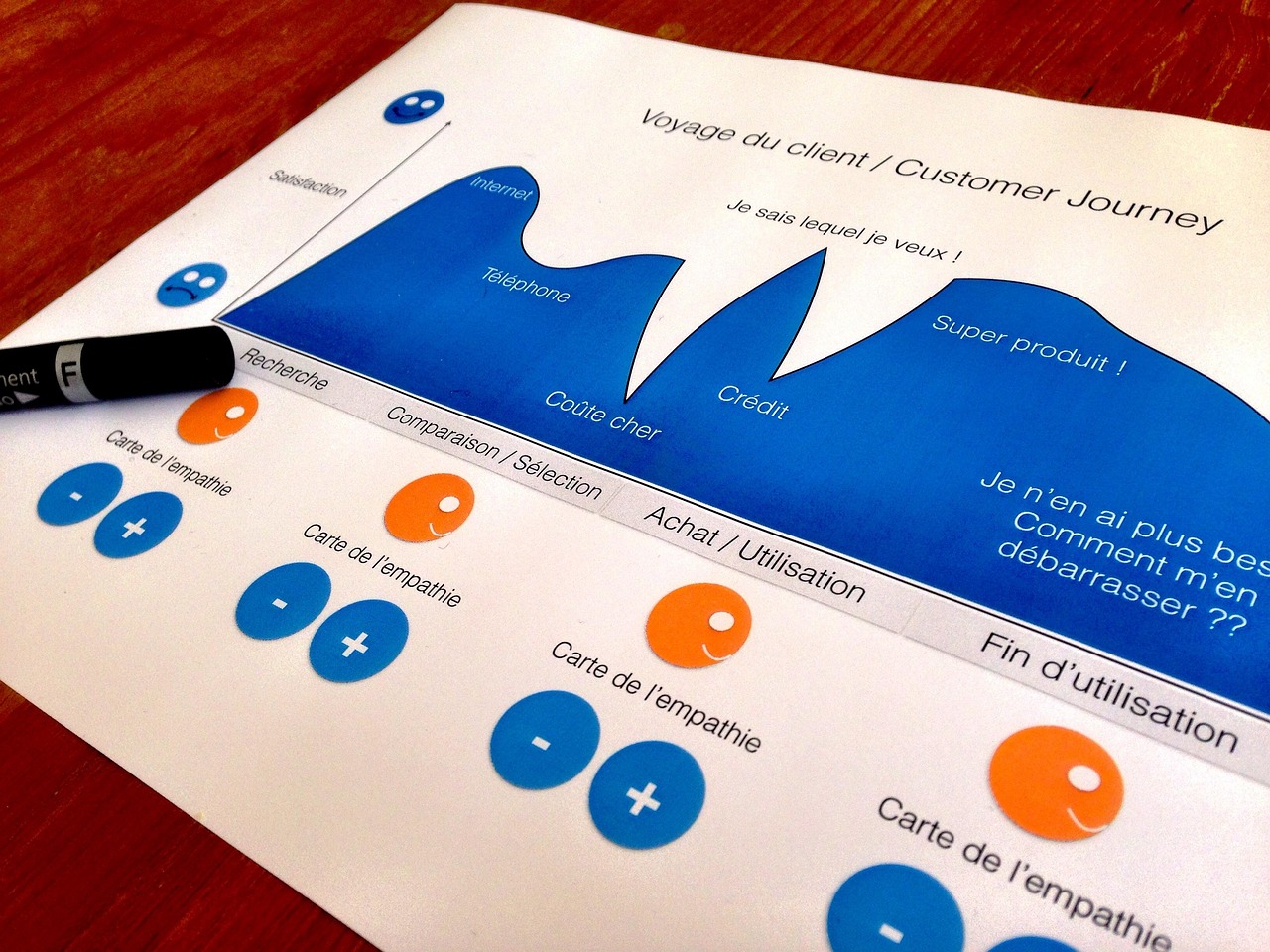Live data from UNEP showed that on a typical mid-August day this year, more than 98 per cent of people in China, Japan, Laos, the Republic of Korea and Vietnam breathed in air with PM2.5 levels that exceeded World Health Organization guidelines.

In the map above, only those cities represented by blue dots – which are clustered around northern Japan and the Gulf of Thailand – had air the WHO considers clean.
Much of the poor air quality is being driven by the burning of fossil fuels for power generation, industry and transport, the burning of biomass, such as firewood, for home cooking, heating and lighting, and the unregulated burning of rubbish and crop leftovers.
The effects of this air pollution are devastating. Among regions, Southeast Asia, East Asia and Oceania had the second-highest rate of premature death from PM2.5 in 2021, trailing only the Middle East and North Africa. China (2.3 million deaths), Indonesia (221,600 deaths), Myanmar (101,600 deaths) Vietnam (99,700 deaths) and the Philippines (98,200 deaths) were hit especially hard.
A series of recent reports, supported by UNEP, looked at air pollution trends in Cambodia, Indonesia and Thailand. In those countries, five common pollutants – carbon dioxide, nitrogen oxide, PM2.5, sulfur dioxide and ammonia – are all edging upwards.
The reports found the three nations could save a combined 230,000 lives by taking meaningful steps to reduce air pollution. The vast majority of those spared would be in Indonesia where air pollution is expected to contribute to more than 200,000 premature deaths annually by 2030.

转载请注明来自石家庄天鲲化工设备有限公司 ,本文标题:《亚洲国家如何通过解决空气污染来拯救生命、促进经济增长》










还没有评论,来说两句吧...